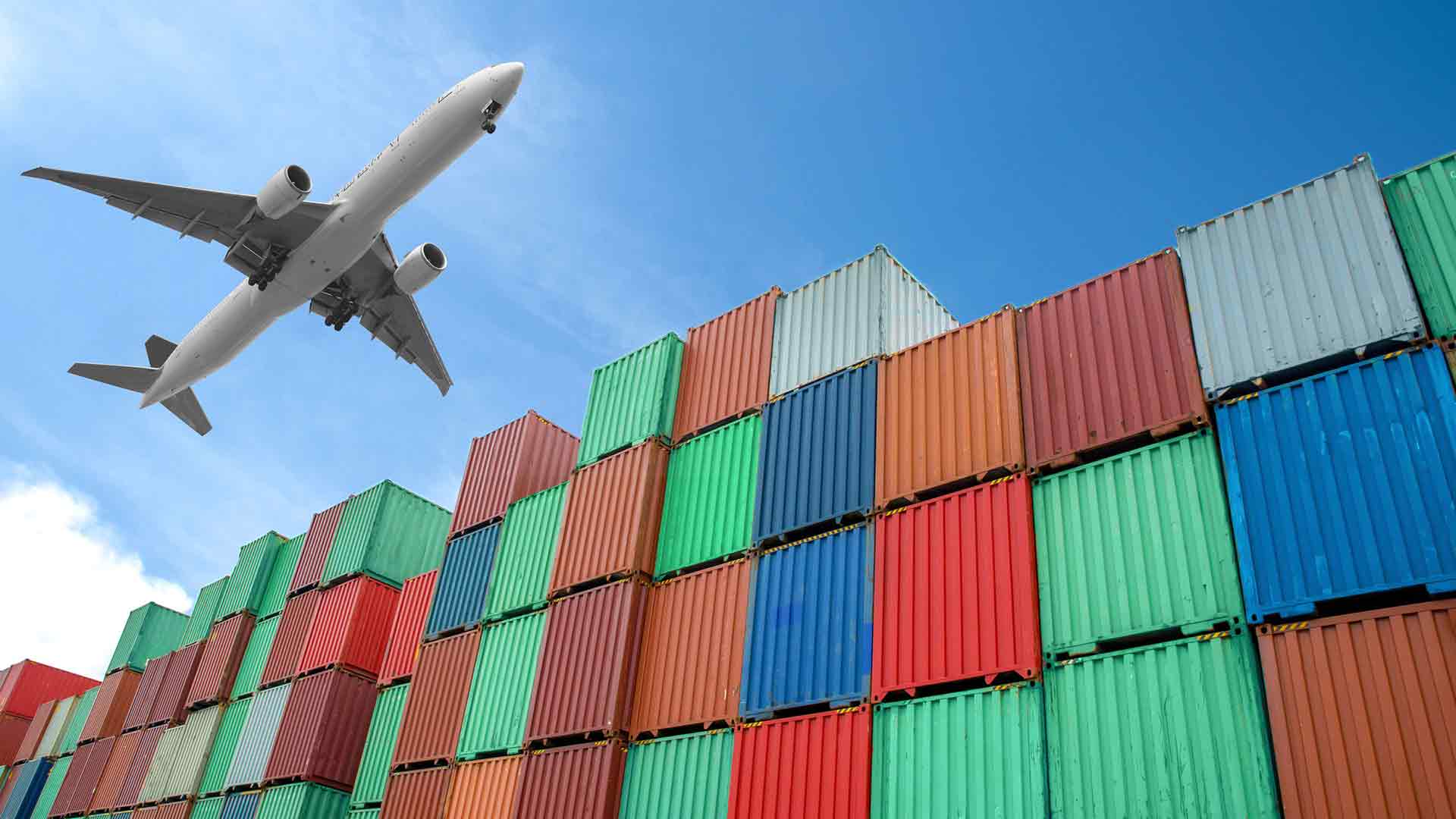April 25, 2025
Tariff Timelines & Rates | Compliance and Strategic Choices for Importers

If it feels like trade policies are changing faster than you can refresh your inbox, you’re not imagining things. The latest wave of reciprocal tariffs on Chinese goods and temporary suspensions for other countries has created a fast-moving and often confusing environment for importers and supply teams alike.
We know how challenging it is to keep up, especially when every update brings new questions about compliance and strategy. Our focus is on helping you understand what’s changing and how it impacts your day-to-day decisions.
Below, you’ll find a breakdown of current tariff enforcement timelines and eligibility, as well as a look at bonded warehousing and other strategic solutions that may help you manage uncertainty and stay compliant as the situation evolves.
China, Hong Kong, and Macau Shipments | Tariff Timeline and Rates
|
Departure Date* |
Applicable Tariff Rate |
HTSUS Classification |
|
On or before April 4, 2025 |
No reciprocal tariff |
N/A |
|
Between April 5-9, 2025** |
10% (with deadline) |
9903.01.25 |
|
On or after April 9, 2025 |
125% |
9903.01.63 |
*Clarification on Departure Dates: “Departure Date” means the date your goods are loaded onto their final mode of transport heading to the United States. If goods are routed or transloaded through another country (for example, arriving in Canada and then sent by rail into the U.S.), the relevant date is when they leave that country on their final leg, not when they originally left China.
**April 5-9 Eligibility Window:
- To qualify for the 10% tariff, your goods must be in transit on their final mode of transport to the U.S. on or after 12:01 a.m. ET April 5 and before 12:01 a.m. ET April 9.
- Additionally, these shipments must be entered for consumption or withdrawn from bonded storage by May 27, 2025. If not, the 125% rate applies retroactively.
Departure Date is Especially Important in Routed Shipments
For shipments passing through other countries (e.g., China -> Canada -> U.S.), the departure date that matters for tariff eligibility is when the goods leave the last country, headed directly to the U.S. This applies whether goods are trucked, railed, or flown. In these cases, the original departure from China is not used to determine tariff treatment.
- Example:
- Goods leave China April 6, arrive in Canada April 29, depart Canada by rail May 2, and arrive in the U.S. May 5:
- Tariff eligibility is based on the May 2 rail departure from Canada, not the April 6 departure from China.
- Goods leave China April 6, arrive in Canada April 29, depart Canada by rail May 2, and arrive in the U.S. May 5:
Other Named Countries | Current Status
- Original Plan: Country-specific tariffs (ranging from 36%-84%) were set to take effect on April 9, 2025
- Update: These rates have been temporarily suspended for 90 days (through July 9, 2025)
- Current Tariff Rate: 10% under HTSUS9903.01.25
- Exemptions: Still apply for in-transit goods loaded before April 5, 2025.
What Counts as the “Departure Date”?
Key for Routed Shipments
For shipments passing through other countries (e.g., China -> Canada -> U.S.), the departure date that matters for tariff eligibility is when the goods leave the last country, headed directly to the U.S. This applies whether goods are trucked, railed, or flown. In these cases, the original departure from China is not used to determine tariff treatment.
-
- Example:
- Goods leave China April 6, arrive in Canada April 29, depart Canada by rail May 2, and arrive in the U.S. May 5:
- Tariff eligibility is based on the May 2 rail departure from Canada, not the April 6 departure from China.
- Goods leave China April 6, arrive in Canada April 29, depart Canada by rail May 2, and arrive in the U.S. May 5:
- Example:
Bonded Warehousing
Bonded Warehouse Strategy by Departure Window
|
Departure Date |
Bonded Warehouse Strategy |
|
On or before April 4, 2025 |
Fully eligible. Not subject to tariffs; bonded storage can still support cash flow & flexibility. |
|
April 5-9, 2025 |
Yes, with a hard timeline. Goods must be withdrawn or cleared by May 27, 2025, to secure the 10% rate. Bonded storage helps with timing but does not change rate eligibility. |
|
On or after April 9, 2025 |
Use to defer 125% payment – helps importers delay duties, monitor policy shifts, and control cash flow. Does not affect the tariff rate itself. |
Strategic Options for Importers: Beyond Bonded Warehousing
With traditional tariff mitigation options reduced, importers can consider the following approaches:
- Use Warehouses in Mexico or Canada
Stage inventory closer to U.S. markets without importing until needed. This provides agility in responding to market and regulatory changes, though the tariff rate is still set by the U.S. entry date and route. - Cash Flow Management
Take advantage of deferred duty and tax payment through bonded warehousing – even if tariff rates are fixed, you can still control when you pay. - Meticulous Routing and Documentation
Plan shipping routes and documentation with your customs broker to ensure your goods enter under the most favorable timing possible and avoid surprises. - Stay Informed
The tariff environment continues to shift. Keep in regular contact with your logistics and customs partners for the latest on exemptions, suspensions, and best practices.
A Word on Compliance
Next Steps & Our Support
We know these changes aren’t easy, and we understand how much is at stake as you navigate new regulations and shifting timelines. Our priority is to help you stay compliant, evaluate your options, and adapt your strategy as the landscape changes.
We're here to support you if you need clarification, wish to discuss your next steps, or have questions about how these updates will impact your business. Please reach out at any time – we’re ready to help you understand what’s next.
This guide is for informational purposes only. Tariffs and customs regulations are subject to change. Consult your licensed customs broker or legal counsel for the latest updates and compliance guidance.
At the time of publication, the White House is actively considering significant reductions in tariffs on Chinese goods. Policy decisions are still in discussion and may change quickly. For more information, please see this Reuters Article:


